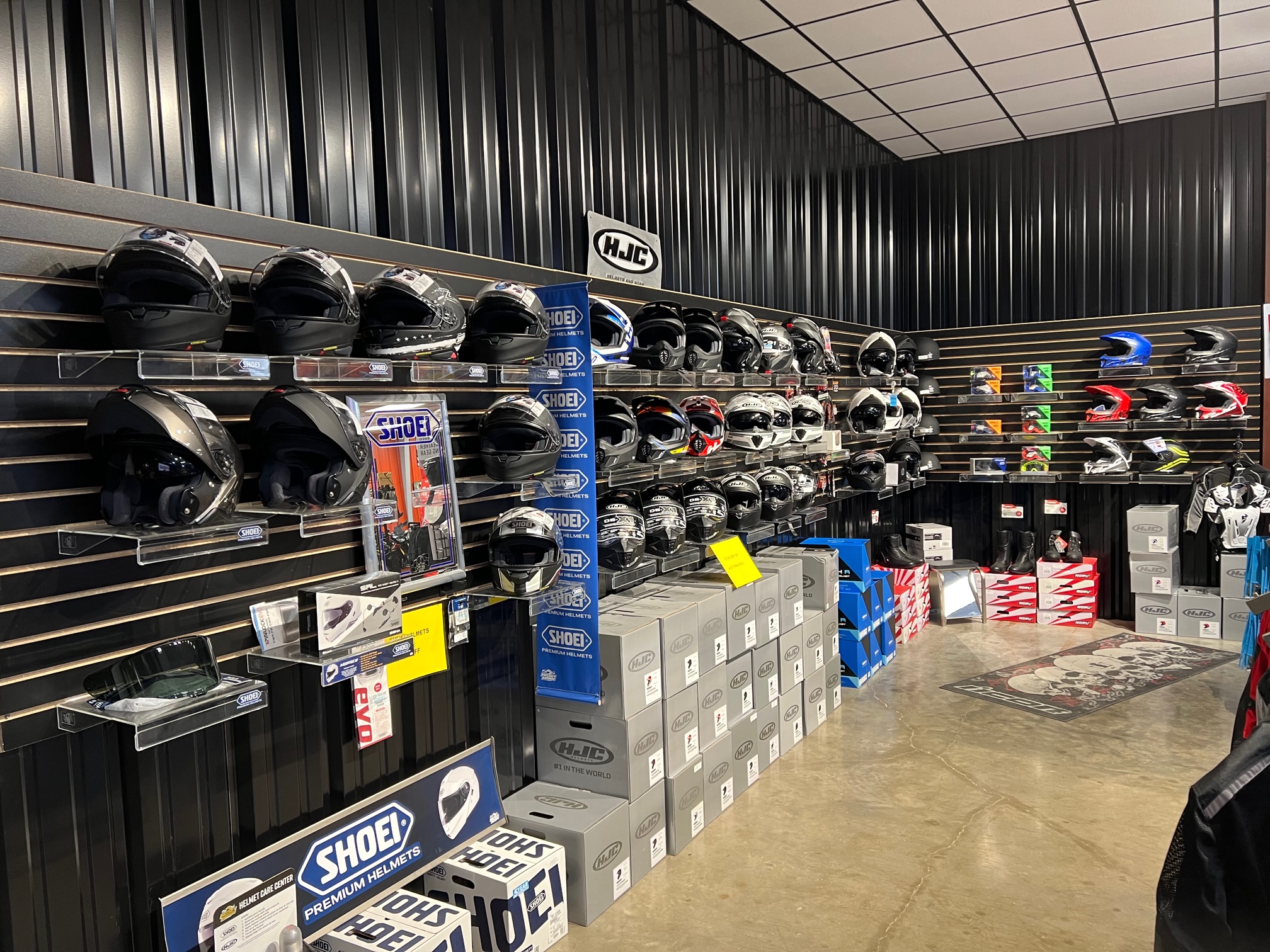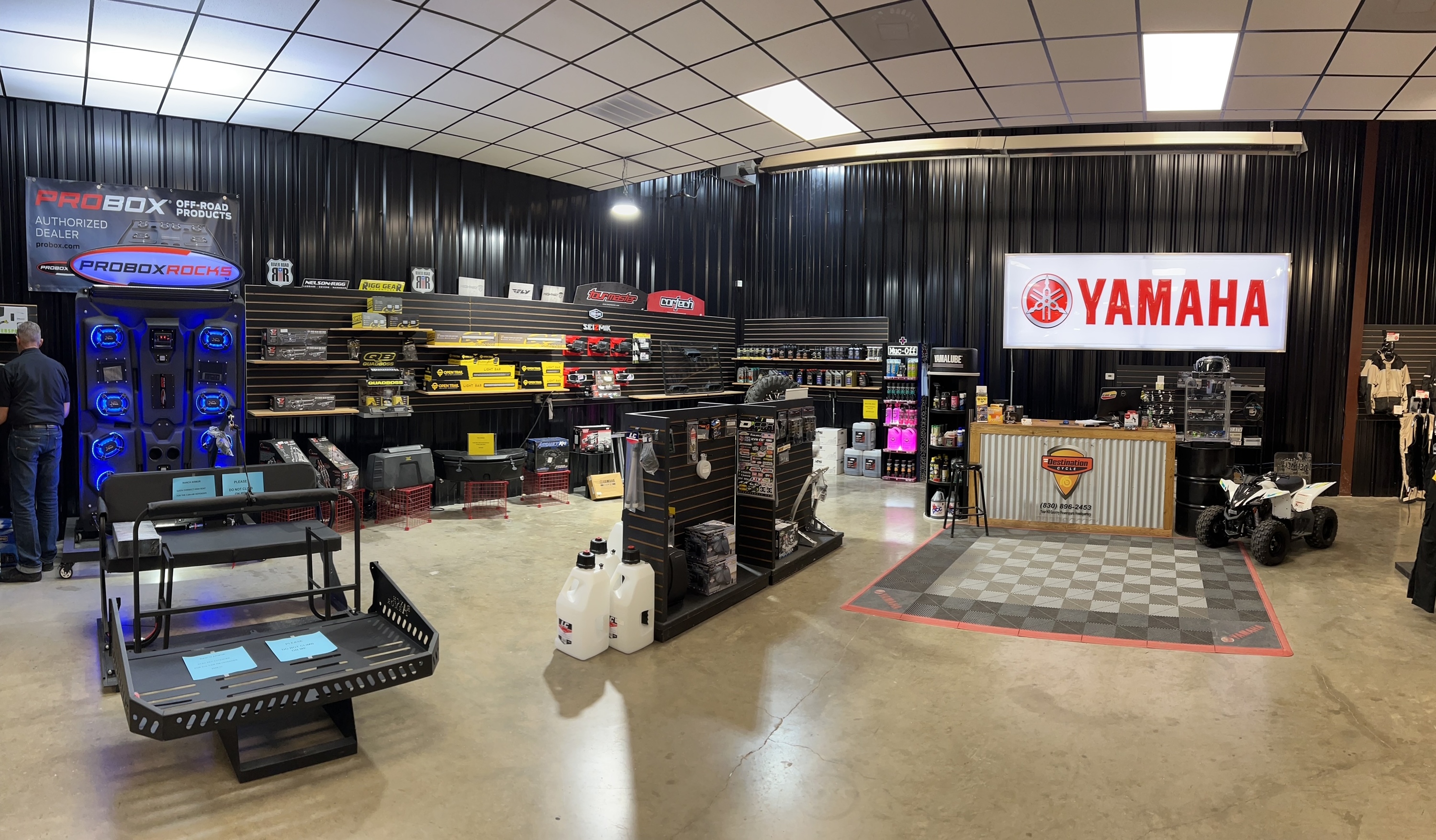Top MX Gear NZ: Gear Up for Your Next Off-Road Journey
Top MX Gear NZ: Gear Up for Your Next Off-Road Journey
Blog Article
Grasping Motorbike Gears: How to Optimize Your Riding Experience
In the realm of motorcycling, grasping the art of gear control is vital for enhancing your riding efficiency. Appropriately understanding and using motorbike equipments can dramatically influence acceleration, control, and fuel effectiveness, transforming a typical experience right into a seamless, exhilarating journey.
Understanding Gear Mechanics
At the core of motorbike characteristics, equipment auto mechanics play a pivotal role in transforming engine power right into motion, inevitably dictating speed and control. The equipment ratios, very carefully developed, identify the partnership between engine transformations and wheel turns, influencing acceleration and gas performance.
Comprehending equipment auto mechanics starts with recognizing the importance of the gearbox, which houses several equipments of varying sizes. These gears connect through a process called meshing, where teeth of different equipments engage to transfer power. The precision of this interaction is essential; any type of imbalance or damages can cause inefficient power transfer, impeding efficiency. In addition, the plan and dimension of equipments influence the motorbike's ability to manage various lots and rates.
Additionally, the idea of equipment changing is essential to taking full advantage of efficiency. Smooth and prompt changes make sure that the engine runs within its optimal power band, protecting against unneeded stress and improving durability (motocross gear). By understanding these mechanical ins and outs, bikers can achieve an unified mix of control, performance, and power, boosting their riding experience
Timing Your Shifts
Shift timing proficiency is vital for enhancing motorcycle performance and improving the riding experience. Effectively timed changes guarantee that the engine operates within its optimal power band, which is important for preserving control, accomplishing smooth velocity, and ensuring the longevity of the motorcycle. Motorcyclists must establish an intuitive feeling of when to change gears, which includes comprehending the connection in between engine revolutions per min (RPM) and speed.
To grasp change timing, pay close interest to the engine's sound and really feel, as these give vital hints concerning when to alter gears. The ideal shift point typically occurs when the engine approaches the top series of its power band without getting to the redline. Moving too early can lead to a lack of power, while shifting far too late may create unneeded engine pressure
In addition, roadway conditions and riding design impact shift timing. In city settings, smoother and more constant changes may be needed to browse website traffic effectively. On the other hand, during highway riding, fewer shifts at higher rates can be better. Exercising in different atmospheres will boost your ability to time changes exactly, ultimately elevating your riding experience to a specialist degree.
Enhancing Gas Efficiency
While mastering bike equipments is crucial for performance, improving gas performance is equally vital for both ecological and financial reasons. Optimum fuel consumption not only decreases operational costs but also reduces the ecological footprint of riding. To achieve this, one should comprehend the intricate partnership in between equipment option and engine performance.
To start with, selecting the right gear at ideal speeds can significantly impact gas consumption. Riding in a greater equipment at reduced speeds can lead to engine lugging, which is harmful to both gas economic situation and engine health. On the other hand, riding in lower gears at broadband causes unneeded gas consumption. Thus, preserving an ideal equilibrium by changing gears in alignment with roadway conditions and anticipated maneuvers is important.
Additionally, regular maintenance plays a pivotal function in fuel effectiveness. Making sure that the bike is well-tuned, with clean air filters and effectively pumped up tires, can minimize and enhance aerodynamics gas wastefulness. Furthermore, embracing a riding design that accepts steady velocity and smooth slowdown can add to better fuel economic situation.

Techniques for Smooth Transitions
Accomplishing smooth gear shifts is fundamental to improving the riding experience and ensuring the durability of a bike's transmission system. Appropriate equipment changing not only adds to a seamless experience however additionally reduces damage on the mechanical components. To master the art of motorbike grips smooth shifts, bikers have to concentrate on a few vital strategies.

Secondly, clutch control plays a critical role. Engaging and disengaging the clutch efficiently requires practice. The clutch lever ought to be released gradually, permitting for a seamless transfer of power from the engine to the wheels without triggering a jolt or abrupt activity.

Adjusting to Roadway Problems
Navigating diverse road conditions is a vital ability for any type of motorcyclist aiming to keep control and safety and security. Whether you're riding on wet surfaces, crushed rock roads, or browsing sharp turns, your ability to adapt your gear usage and riding technique is vital. Understanding how helmet store near me to adjust your equipments appropriately can substantially affect grip and security, guaranteeing a much safer trip.
On wet roads, it is advisable to keep higher gears to reduce torque and reduce wheel spin. This method aids maintain grasp on unsafe surfaces, enabling for smoother velocity and deceleration. In comparison, when riding on crushed rock or uneven surface, reduced equipments are preferable. Reduced gears give far better control and allow you to respond more quickly to unanticipated modifications in the road surface.
Sharp curves require specific equipment monitoring to stabilize rate and control. Downshifting before going into a contour can assist keep energy while ensuring the motorcycle continues to be steady throughout the turn. Consistent practice in varied problems boosts your ability to react and predict to changes in roadway appearance and incline.
Final Thought
Understanding motorbike equipments considerably improves the riding experience by boosting control, fuel, and acceleration effectiveness. A complete understanding of equipment technicians and specific change timing guarantees the engine operates within its optimal power band, while smooth other changes with efficient clutch and throttle coordination rise comfort and performance. Adjusting gear option to different road problems, such as utilizing higher gears on damp surface areas and reduced equipments on crushed rock, more boosts handling and safety. Eventually, these abilities boost the total journey.
Understanding gear mechanics starts with identifying the importance of the gearbox, which houses several equipments of varying sizes. These equipments interact with a procedure understood as meshing, where teeth of different gears involve to send power (motocross gear). Gentle changes to the throttle during equipment shifts can prevent jerky activities and maintain a regular riding speed
Whether you're riding on wet surface areas, gravel roads, or navigating sharp turns, your capability to adjust your equipment usage and riding strategy is vital. Adapting gear selection to numerous roadway conditions, such as using greater gears on damp surfaces and reduced gears on crushed rock, more boosts handling and security.
Report this page